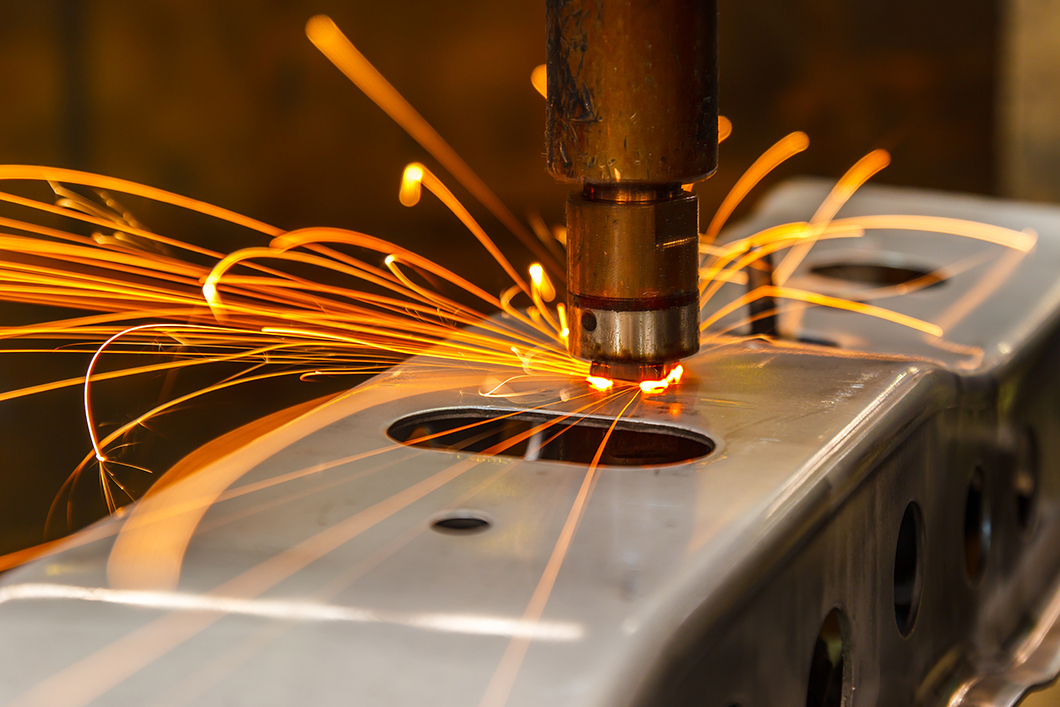
When spot welding galvanised steel components, microcracking can occur at the joints. New research sheds light on the fundamental origins of microcracking.
Source: Adobe Stock/wi6995
The Bundesanstalt für Materialforschung und -prüfung (BAM) has gained new insights into the origin of liquid-metal embrittlement (LME) of steels. Recent research focused on zinc-coated high-strength steels, which for example are used in the automotive industry. The results make it possible to develop innovative alloying solutions that suppress LME and can thus pave the way for their widespread use in the industry.
Zinc coatings are essential to protect steels from corrosion. This involves immersing steel components in a bath of molten zinc at temperatures of around 450 °C. The zinc then reacts with the surface of the steel to form a robust zinc coating that provides excellent corrosion protection and extends the steels service life time.
Cracking poses challenges for automotive industry
During welding, the zinc coating can cause microcracking in the steel components. "LME is a decade-old problem that also occur in galvanised steels," says Prof. Robert Maaß from BAM. LME can be a challenge in industry, especially in the automotive sector, where vehicle frames contain up to 5,000 spot welds and where materials integrity is critical to minimise safety risks.
In order to make more better predictions on crack susceptibility and to be able to take preventive measures, a fundamental understanding of the mechanisms governing LME is needed. New material characterisation methods and simulation techniques can help identify the origins and develop mitigation strategies of LME.
Innovative research method to make steels more durable
Researchers at BAM have therefore concentrated on investigating the early stages of liquid metal embrittlement. The focus was on the structure, thermodynamics and atomistics at the interfaces and surfaces of the steel. They have developed an innovative approach that combines electron microscopic methods with computer-aided simulation models, including the so-called density-based phase field technique developed at BAM, to explain defects. Using this approach, the research team discovered that intermetallic phases are formed at the interfaces between the grains of the steel before microcracks occur. These phases form when zinc accumulates at the grain edges. This considerably weakens the steel. With this finding, approaches are now being pursued in which zinc accumulation and phase formation are controlled, thereby preventing liquid metal embrittlement.
"Our findings make it possible to develop LME-resistant, advanced high-performance steels that are more durable and resource-efficient," sums up the team led by Robert Maaß, Reza Darvishi Kamachali and Tilmann Hickel. "In this way, our research makes an important contribution to sustainable and energy-efficient automotive production."
The research was conducted in collaboration with partners ArcelorMittal Global Research, General Motors, the Max Planck Institute for Iron Research and the Department of Materials Science and Engineering at the University of Illinois, and was recently recognised with an award from the American Iron and Steel Institute (AISI).


